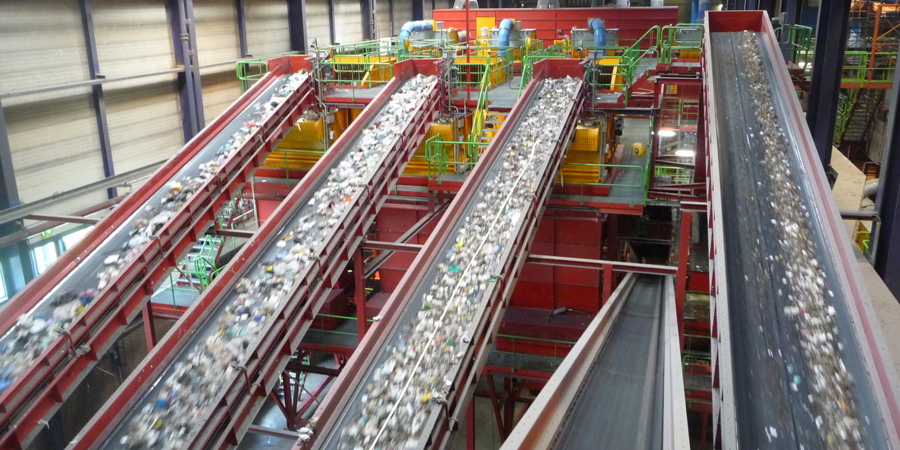Newsroom
Aaron Church discusses the circular economy and the opportunities it presents for investors and the planet
Aaron Church, 3i Partner, talks about evolving opportunities for investors and the planet.

Aaron Church, 3i Partner, talks about evolving opportunities for investors and the planet.
Q) What factors, beyond the energy transition, are critical to the world achieving its sustainability goals?
Everyone is talking about the transition to lower carbon and that is clearly very important, but another crucial factor is the circular economy. This is about increasing recycling and putting less waste, such as plastics, into landfill.
Q) What are the key elements of the circular economy?
The circular economy is an evolution of the way we produce and consume goods, and what we do with waste. For manufacturers, this means designing products to be more durable, reusable and recyclable. It also involves using less packaging and ensuring that any packaging that is produced can be easily recycled – something that is especially important with the significant rise in online shopping driven by Covid and the extra packaging used for home deliveries. When products and packaging are no longer able to be reused and become waste, then we should aim to recycle as much of the component materials as possible. We can also recover energy from the residual waste that cannot be recycled.
Q) Which of your investments contribute to circular economy objectives?
In the Netherlands, we have Attero and in Italy, Herambiente. They recover recyclable materials from waste, produce granulates from used plastic for use in new products, produce green gas from organic waste, and generate heat and electricity by incinerating residual waste that would otherwise go to landfill. In the UK we own Infinis, the leading generator of low-carbon power from captured methane, which comes from waste decomposing in landfills and disused coal mines. These activities all reduce the use of oil & gas and greenhouse emissions. Furthermore, all our portfolio companies have sustainability strategies, which include objectives around reducing waste.
Q) What are the barriers to delivering on circular economy objectives and how can we overcome them?
The overall recycling rate in Europe is around 50%, so there is room for improvement. However, materially increasing this rate will require new approaches, new technologies and probably higher costs. Recycling yields have historically been improved by investing in better sorting and cleaning equipment. Innovative new recycling technologies are now being developed that are much better at handling mixed materials and contaminated streams, and our portfolio companies are closely following these developments with a view to investing in the right opportunities. Materially increasing recycling rates is likely to take many decades and achieving recycling rates of 100% may never be feasible. Hence using incineration to recover energy from waste that cannot be recycled will continue to be a key part of the circular economy for the foreseeable future. Carbon capture may be a way of making energy from waste plants even more sustainable and this is something we are exploring with some of our portfolio companies.
Q) How will the circular economy evolve as ESG credentials become more important for infrastructure investors?
Even five years ago, we saw limited infrastructure investor interest in the sector. However, this has changed and there is now growing interest in circular economy companies, particularly in the energy-from-waste sector. Investors who moved early into the circular economy are now increasingly looking at more complicated parts of the sector, such as biogas, recycling plants and waste-to-biofuel opportunities. Looking ahead, we anticipate the continued focus on ESG credentials will increase the number of infrastructure investors interested in the circular economy and contribute to a more sustainable future.